Saturated In Blue
Joanne Yao, a summer intern with Circle of Blue, reflects on the wet world around her in Traverse City, Michigan.
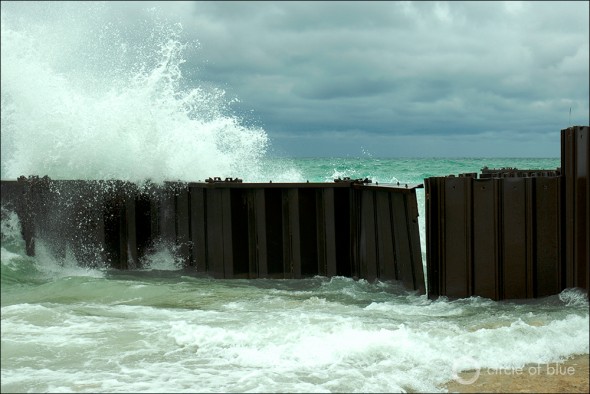
Life at Circle of Blue is saturated in blue.
Traverse City, Michigan, where Circle of Blue’s headquarters is located, is surrounded by water. There is the large bay on the edge of town — the deep and watchful Lake Michigan — and the shallow Boardman River that playfully twists its way across town. There are the hundreds of small lakes in Northern Michigan, turquoise jewels that sparkle in the summer afternoon as blissful people fill the beaches and boats. And finally, there is the lake — Cedar Lake, where Circle of Blue interns tentatively take their first water skiing lessons — mist rising from its grey stillness just before sunrise and moments before the rude edge of water skis unsettle its glassy surface.
Life at Circle of Blue, however, forces us to view the blue around us in a different light.
Michigan’s Industrial Legacy
A trip to Point Betsie Lighthouse reminds us that the Great Lakes — Erie, Huron, Michigan, Ontario, and Superior, the largest surface body of fresh water in the world — were once a great shipping thoroughfare, a superhighway that connected America’s productive Midwest region to the world’s markets through the St. Lawrence Seaway.
A local uproar over high cyanide levels detected in Traverse City’s groundwater near the construction site of a proposed hotel has us questioning not only unseen dangers lurking in the water around us, but the legacies of an industrial past returning to haunt us. Traverse City was not always a tourist mecca known for its natural beauty; it once was a bustling lumber town with coal-fired power plants and industrial facilities lining Lake Michigan’s shores. After all, it was Michigan pine that rebuilt Chicago after the Great Fire of 1871 leveled the Windy City. Lumber, fur, iron, and copper flowed from the Upper Peninsula, while the Lower Peninsula processed these raw goods, the natural resources needed to build a nation.
A century and a half makes a big difference, and now Northern Michigan makes its bread and butter by keeping its waters pristine for millions of summer visitors each year.
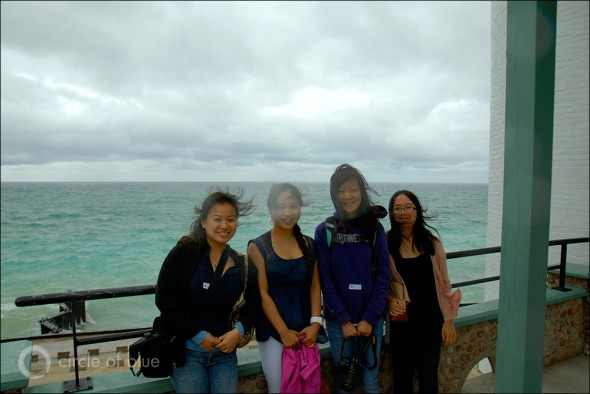
Virtual and Public Water
Each morning, I walk across the lawn from Circle of Blue’s office in the beautifully renovated former State Mental Hospital to the fair-trade, organic coffee shop for my morning brew.
As I pour my coffee, I am reminded of virtual water and the fact that my cup of coffee equates to roughly 140 liters (35 gallons) of water, the hidden water required to produce and deliver this cup of nutty, robust flavors into my sleepy hands. I feel a glaring sense of guilt as I realize that my American lifestyle requires more than 7,500 liters (2,000 gallons) of water a day.
Later in the day, as I walk 10 feet down the hall from the office to the public water fountain to fill my reusable bottle, I remember the 780 million people globally (or it is 1.8 billion?) who could not do what I just did — access improved sources of drinking water. Water is heavy, roughly one kilograms per liter (eight pounds per gallon). As a woman, if I lived in a village in dozens of the world’s poorest countries, I would be carrying five-gallon jerry cans — that’s equivalent to the weight of a four-year-old child — several times a day just to supply my household with water.
The public water fountain in our office building makes it so simple — but water fountains are disappearing from public spaces. What shape will we find our public water infrastructure in 30 years?
Going Viral
Finally, if we look hard, we can find inspiration in blue. Communications technology is amazing; it creates the network society around us. It can make even sleepy little Traverse City the center of action. Just send a tweet, and within minutes, get a retweet from halfway around the world.
This summer, we learned that people, no matter how busy, are usually willing to pitch in for a good cause. And we learned that experts and practitioners around the globe are more than willing to share their thoughts and opinions, even with an unseen voice calling from a remote corner of Michigan. And then there are the individuals who dedicated themselves to doing something about this thorny collection of issues surrounding water, food, and energy.
We learned that water does not abide by human boundaries. Instead, it seeps into groundwater, flows across international borders, and is evaporated and rained down halfway across the globe. Solving the world’s freshwater crisis requires intelligence, imagination, and flexibility — resources our world has in abundance — and some of the most brilliant solutions currently emerging are simultaneously local and global, an apt testament to our increasingly interconnected and decentralized network society.
Joanne (Yuan) Yao, a PhD student in International Relations at the London School of Economics (LSE), is currently interning with Circle of Blue. She holds degrees from the University of Chicago and Johns Hopkins SAIS. Her dissertation focuses on cooperative institutions that govern transboundary rivers.
Circle of Blue provides relevant, reliable, and actionable on-the-ground information about the world’s resource crises.

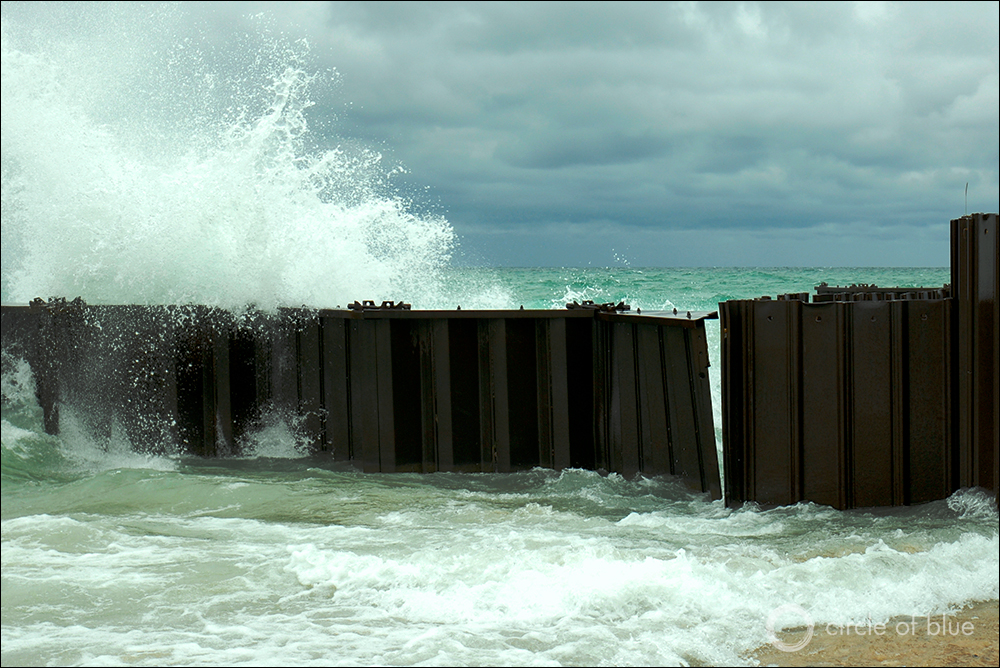

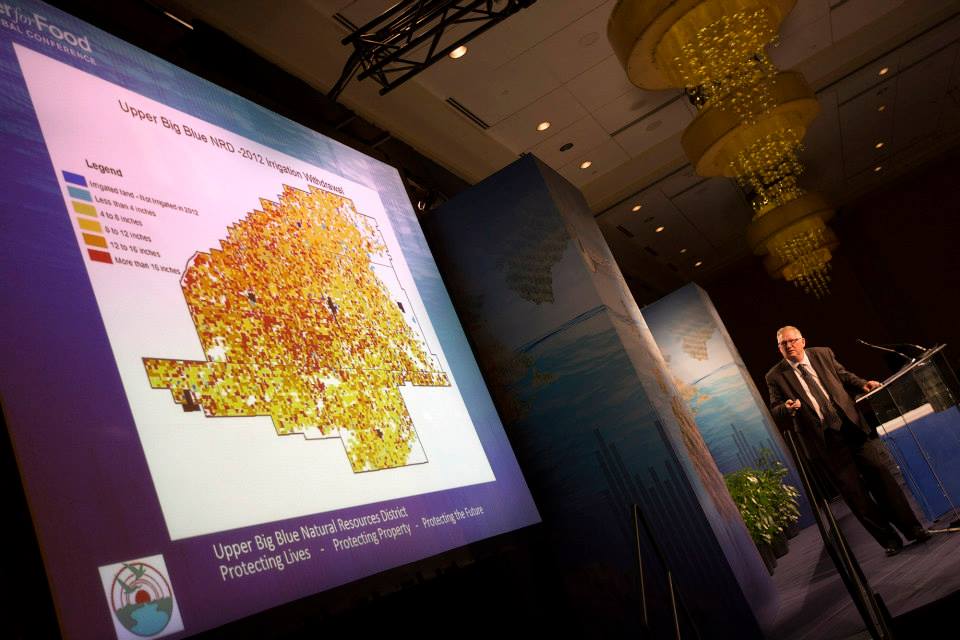

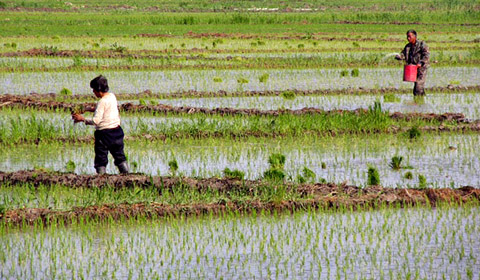


I enjoyed the article, Joanne.
Ms. Stegall